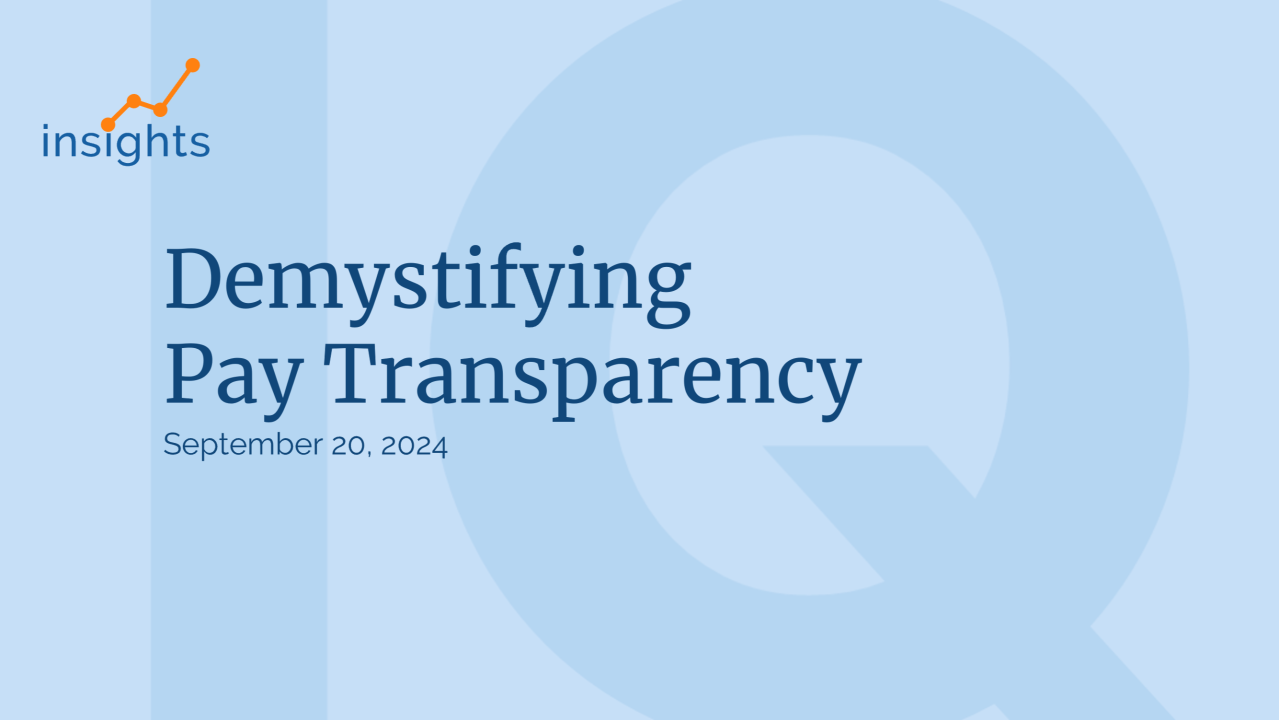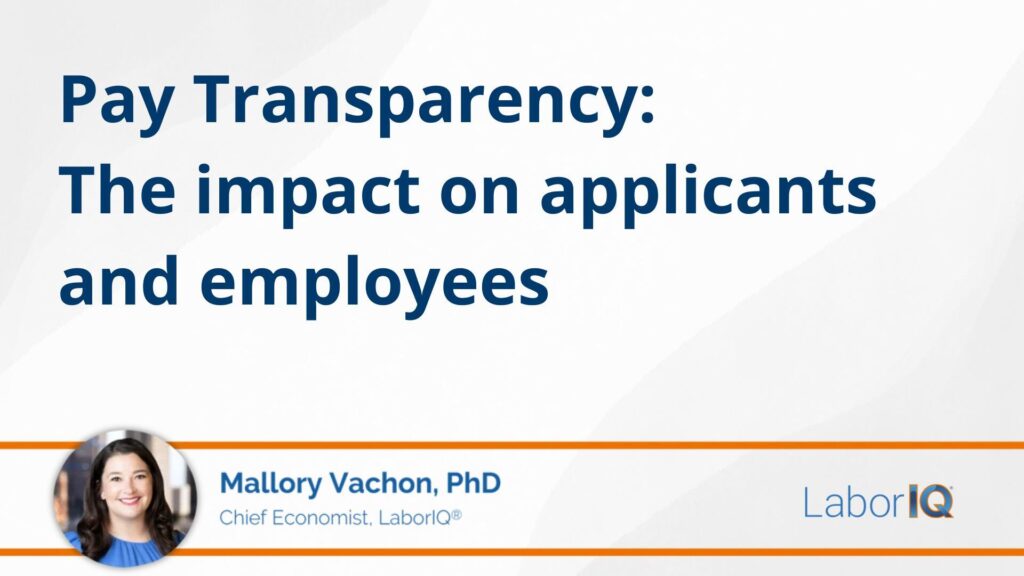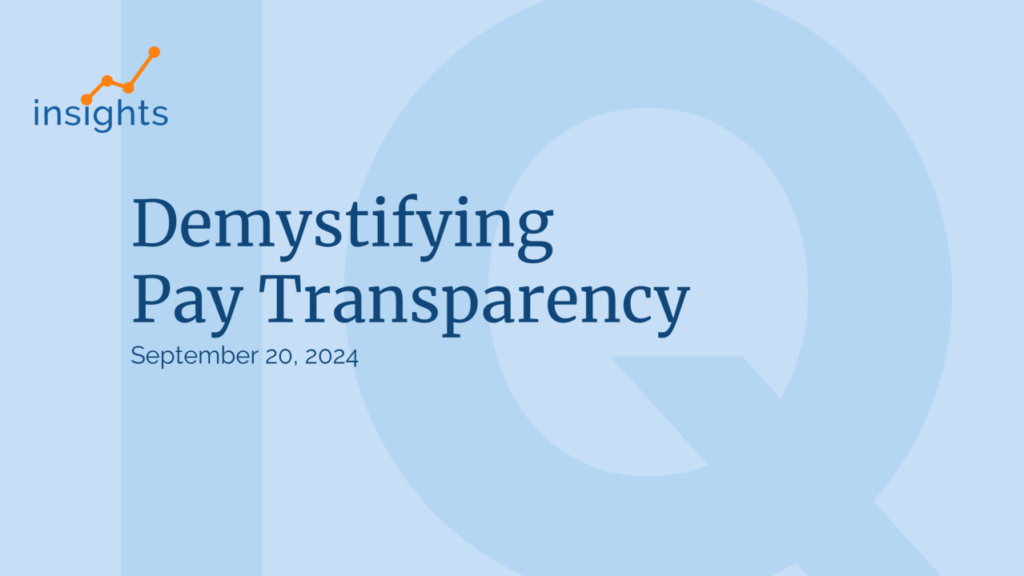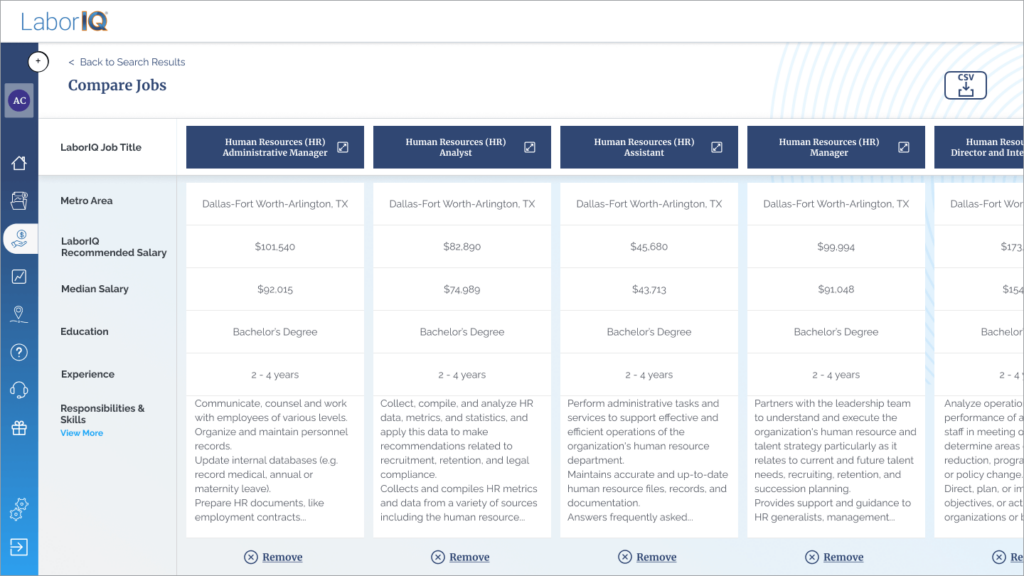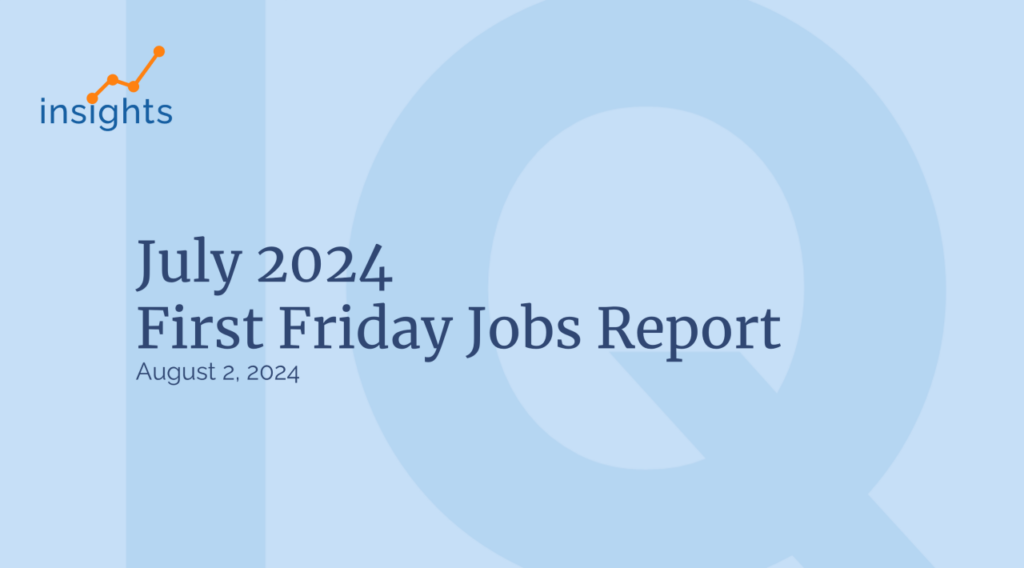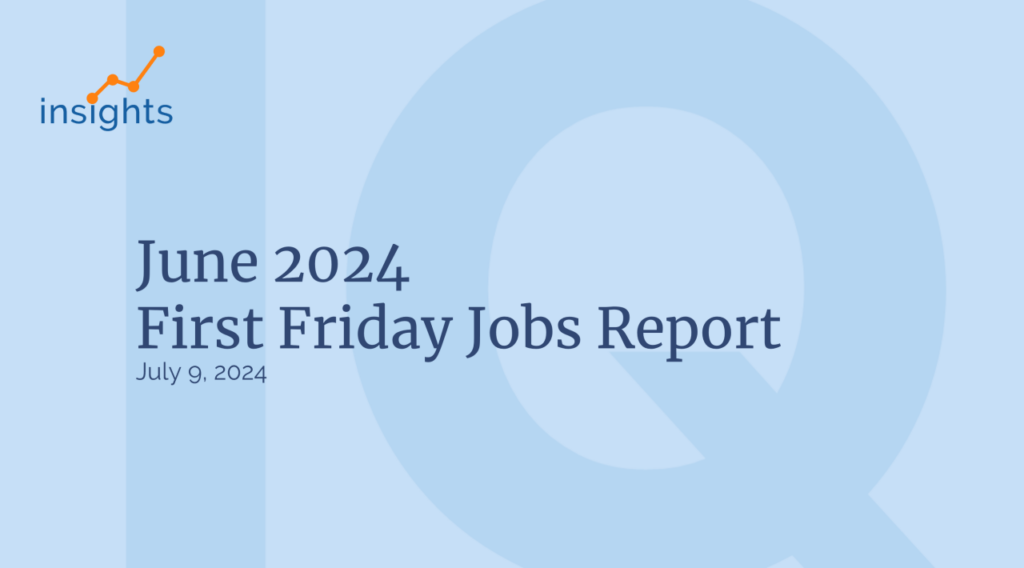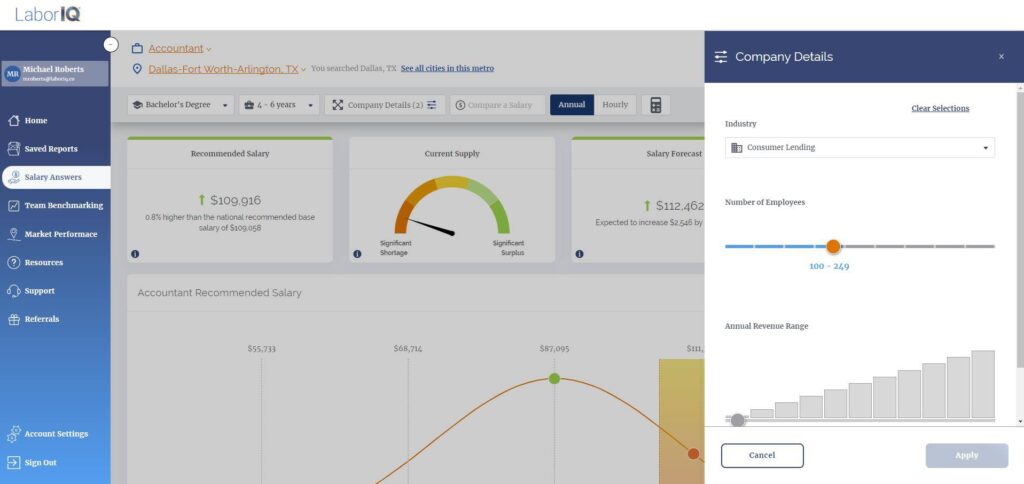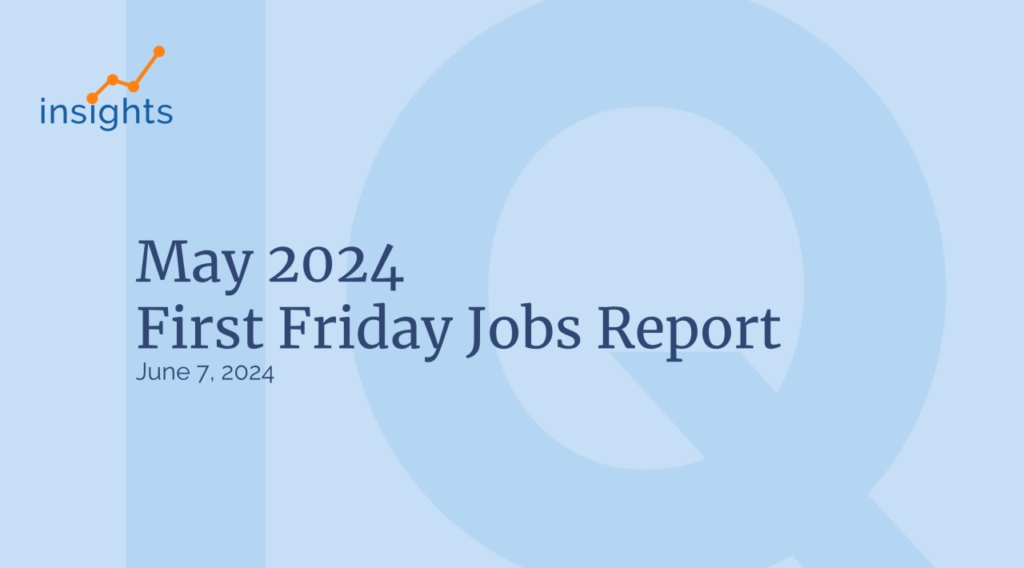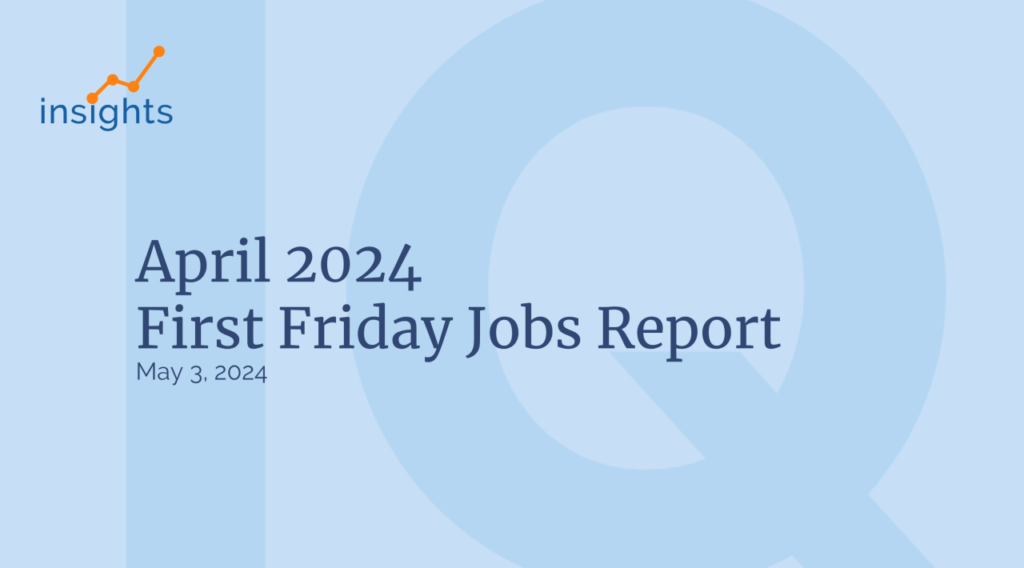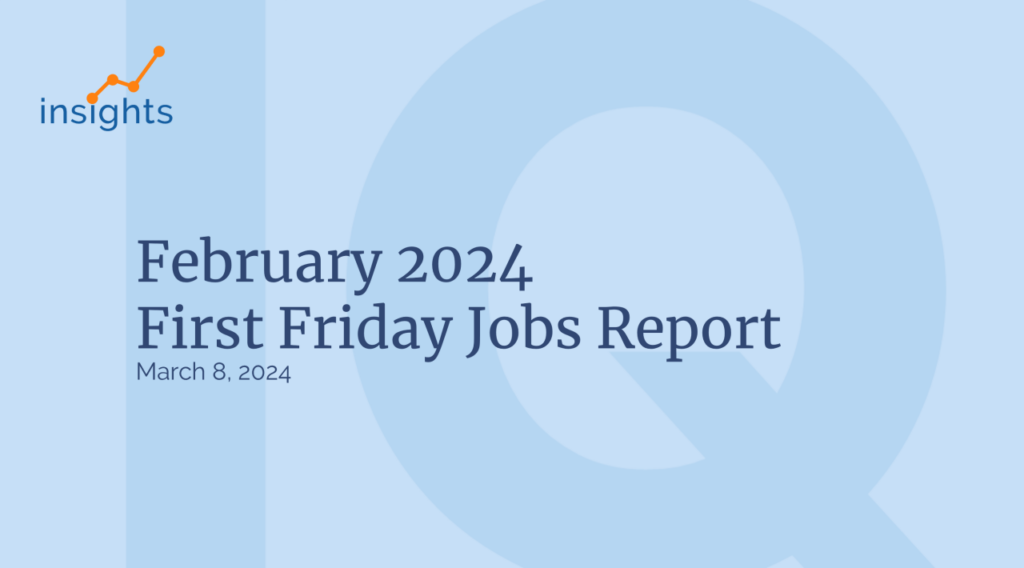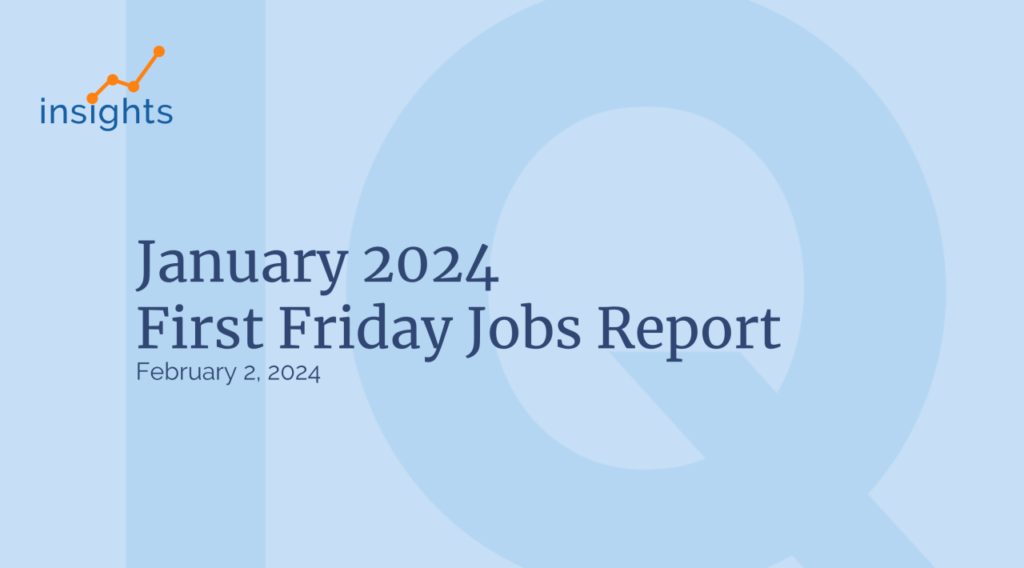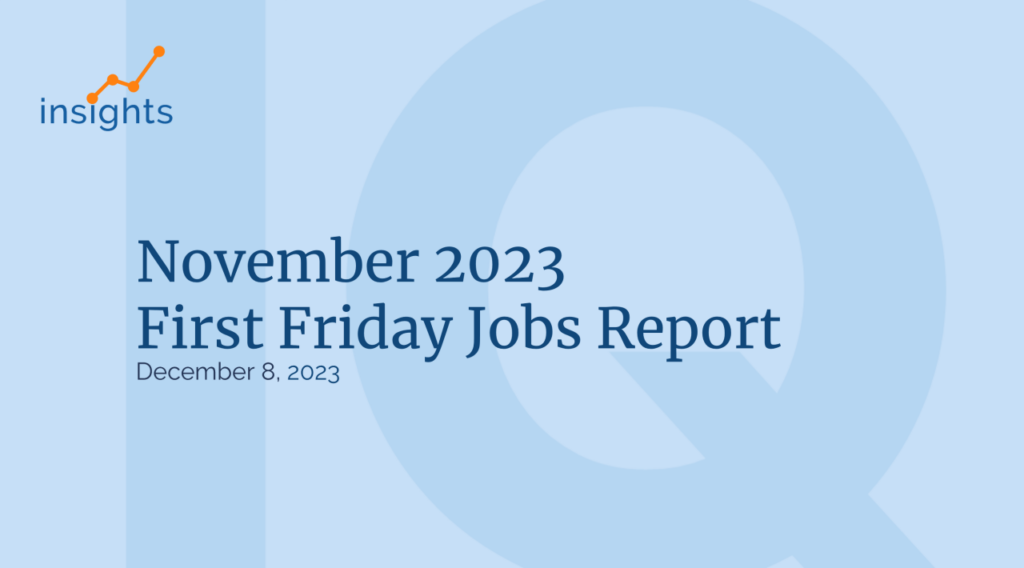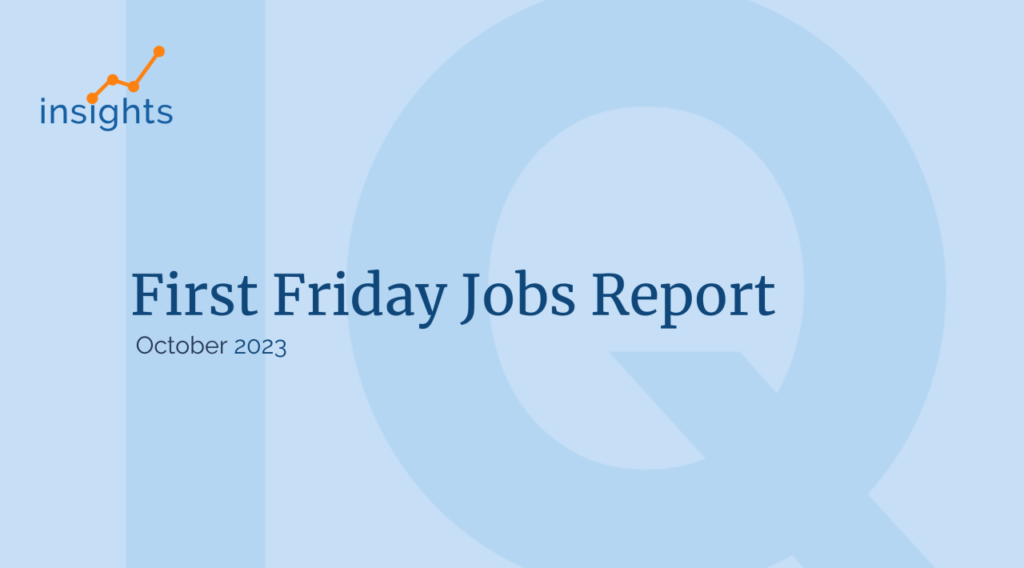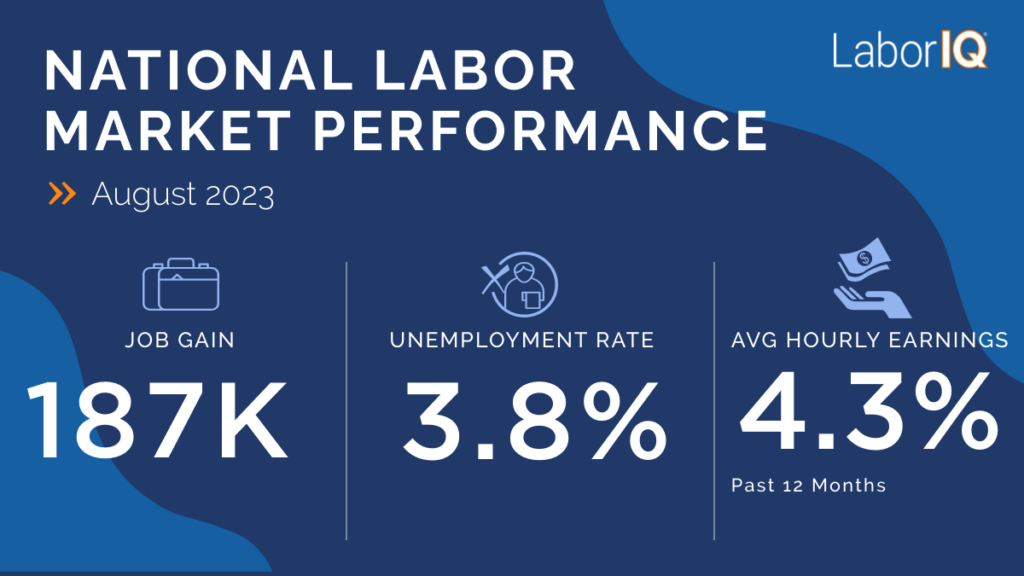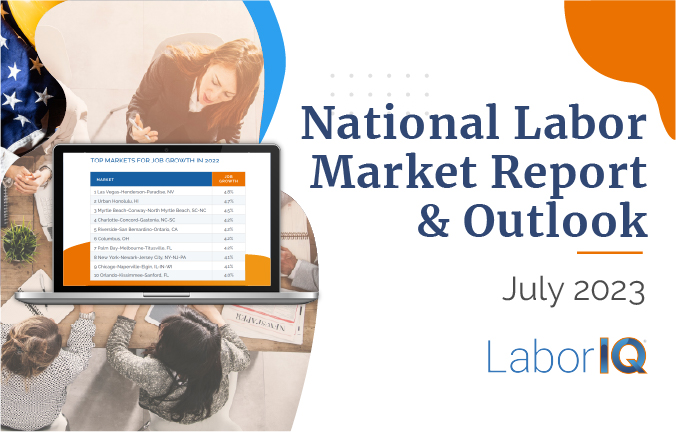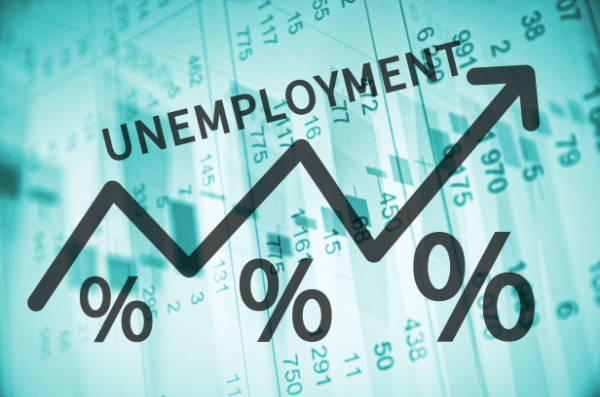This special edition of the Insights newsletter breaks down pay transparency, what it means for HR leaders, and how your response can improve talent retention and attraction.
Today’s pay transparency landscape
Pay transparency has the momentum.
Employees have been asking for it for years, seeing transparency in pay as a means to ensure fair compensation. The motivation is there, according to a 2022 Gartner report, only one-third of workers believe their pay was fair or equitable. States and municipalities are pushing for pay transparency through regulations that require pay ranges be disclosed to candidates and/or employees. At least 9 states, along with several cities and towns, have active or pending pay transparency laws.
The push for pay transparency is forcing some change. Across the U.S., the number of job postings with listed pay ranges has more than doubled since 2020. Not surprisingly, the areas with pay transparency regulations have the most postings with pay ranges.
More and more, applicants and employees have greater insight into the compensation that companies pay for a given role. This can leave HR leaders scrambling to figure out how to respond, especially when pay structures and a communication strategy around compensation haven’t been established.
Readily accessible pay information can create difficult conversations for HR leaders with employees and candidates. That difficulty is amplified if employees use inaccurate data or misinterpret good data. It can lead to retention issues and create mistrust with job candidates. To deal with this, HR leaders must understand what pay transparency means and how to respond to this shift in expectations.
What is pay transparency?
Pay transparency is the practice of openly sharing information about compensation structures with employees and job candidates. It represents a fundamental shift in how organizations manage conversations – and strategy – around compensation and wages.
Historically, businesses have held the leverage. Applicants never knew what organizations were willing to pay until the final stages of the interview process. Conversations among friends and colleagues about pay were not commonplace. But things are changing.
A global pandemic dramatically shifted the when, where, and how we work. Technology has evolved, salaries have risen, a new generation of talent has entered the workforce, and the balance of power has shifted in the direction of employees. Increased clarity around wages and salary has become inevitable.
What does it look like in practice?
Salary ranges and established pay bands: Companies may choose (or be required) to disclose salary ranges in their job postings, or they may have established pay bands that are shared with employees upon request. This gives applicants and current employees a clear understanding of the potential compensation they can expect based on their position, experience, and performance.
Performance-based pay: Pay transparency often involves linking compensation directly to performance. Employees may have access to information about how their performance evaluations impact their pay, including any bonuses or incentives tied to specific goals or metrics.
Open communication: In transparent organizations, there’s a culture of open communication regarding compensation. This means that employees feel comfortable discussing their pay with their managers or HR representatives and asking questions about how their compensation is determined. In turn, HR leaders must be prepared with a communication strategy to explain the details of the organization’s compensation philosophy.
It’s equally important to clarify what pay transparency is not.
Everyone earns the same: While pay transparency promotes fairness in compensation, it recognizes that factors such as experience, skills, and job responsibilities may warrant different pay levels for employees in similar roles. It also clarifies minimum and maximum ranges, which may mean some team members may eventually “grow out” of the approved salary limit of their role, likely earning a promotion to the next level.
This is not to be confused with role-based pay, like the policy announced by Credit Karma in 2022. With role-based pay individuals in the same job earn the same amount of money. While each employee might bring a different set of skills, prior experience, and education, they are performing the same job duties and are paid accordingly.
Public disclosure of individual salaries: Pay transparency does not require companies to publicly disclose the salaries of individual employees. Instead, it focuses on providing employees with access to information about salary structures and pay ranges to promote understanding and trust.
Individual salary disclosure is common for public employees (such as professors at state universities) given budgets are taxpayer funded. However, some private companies have adopted this level of transparency. Buffer publicly lists the compensation for their employees online.
☝️ One-size-fits-all approach: Pay transparency looks different for every organization and may involve different levels of disclosure depending on factors such as company culture, industry norms, and legal requirements.
Overall, pay transparency seeks to create a culture of fairness, trust, and accountability by fostering open communication and providing employees and applicants with the information they need to understand and advocate for their compensation.
How businesses are responding
U.S. businesses are not navigating this terrain based on internal policies and values alone. They are also responding to external mandates and legal frameworks shaping the discourse around pay transparency.
State and local governments are increasing legislation to promote transparency in compensation practices, aiming to address issues of pay equity and discrimination. These laws mandate certain levels of transparency regarding salary information, both within job postings and during the employment lifecycle.
For example, in states like California and New York, legislation requires employers to disclose salary ranges in job postings and provide wage information to employees upon request. Other states and localities have implemented similar measures, each with its own set of requirements and compliance standards. These laws not only set the baseline for pay transparency but also influence companies’ approaches to compensation disclosure.
In response to these regulations, some companies have adopted a proactive stance towards pay transparency, even if not required by law. These companies view their compensation strategy as an opportunity to demonstrate their commitment to fairness and equity in the workplace, with the goal of building trust with employees and align their practices with legal mandates.
Some companies may approach pay transparency with more hesitation, viewing it as a compliance burden or a potential risk. Or they may simply not have the bandwidth to establish their pay philosophy and establish pay bands. They may adopt a minimalist approach to disclosure, meeting the minimum requirements set by law while avoiding additional transparency measures to continue with the status quo or avoid over complicating their processes.
What next? How to stay ahead of compensation trends.
Pay transparency is here. Employees and job seekers want to better understand business’ compensation strategies and pay ranges.
The economy is cooling, but wage growth hasn’t followed suit.
Now is the time for businesses to focus on their pay strategy, refine organizational structures, and establish pay bands.
When you need accurate compensation data, come to LaborIQ. With 20,000 roles and more than 18 trillion data points, you’ll find the perfect match for your roles, giving you the confidence to win and retain the best talent.

